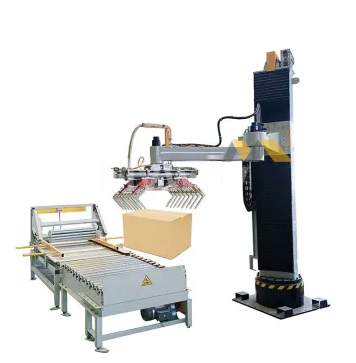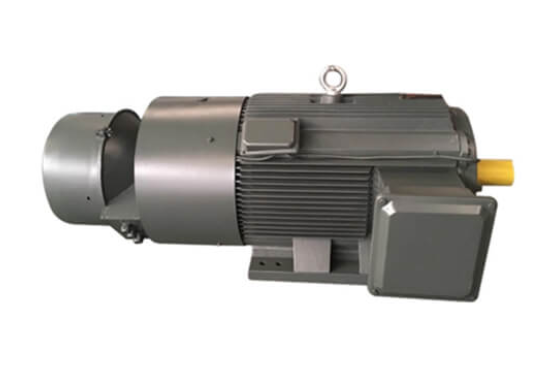Does cast iron make a good welding table?
cast iron is often considered an excellent material for welding tables due to its inherent properties that contribute to stability, durability, and heat resistance. Welding tables are critical tools in metalworking shops, providing a stable and flat surface for welding and fabrication tasks. Here are some reasons why cast iron is a popular choice for welding tables:
Stability and Rigidity: Cast iron is known for its high density and rigidity, providing a stable platform for welding operations. The weight of cast iron tables helps minimize vibrations and movement during welding, ensuring accuracy and precision in the welding process.
Flatness: Cast iron surfaces can be machined to achieve exceptional flatness. A flat surface is crucial for welding tasks as it ensures proper alignment and accuracy in joining metal pieces. Welding on a flat table helps prevent distortion and warping of the workpiece.
Heat Resistance: Cast iron has good heat resistance, allowing it to withstand the high temperatures generated during welding without warping or compromising its structural integrity. This property is essential for maintaining the stability and flatness of the welding table over time.

Durability: Cast iron is a durable material that can withstand the heavy use and occasional impact associated with welding operations. It is less prone to wear and damage compared to some other materials, providing a longer lifespan for the welding table.
Additional resources:Key Factors to Consider When Selecting a Thermal Inkjet Printer for Specific Printing Requirements
Electric Forklifts vs. Diesel Forklifts: Understanding the Key Differences
Why is Laser Cutting a Good Fit for Sheet Metal Fabrication?
What are the advantages of fiber laser cutting machine?
What is the function of glue dispensing machine?
What is the process of EPS shape molding?
What is a CO2 Tank Used For?
Machinability: Cast iron is relatively easy to machine, allowing for precision in creating features such as slots, holes, and grooves on the welding table. This machinability facilitates customization to meet specific welding requirements.
Magnetic Properties: The magnetic properties of cast iron can be advantageous for holding ferrous workpieces securely in place during welding. Magnets and clamps can be easily attached to the table surface, enhancing the workholding capabilities of the welding table.
Despite its advantages, it's important to note that cast iron welding tables may have some drawbacks, such as being heavier and more challenging to move compared to tables made from lighter materials. Additionally, proper maintenance, including rust prevention and periodic machining to maintain flatness, is essential for ensuring the long-term performance of a cast iron welding table.
In conclusion, cast iron is a well-regarded material for welding tables top due to its stability, flatness, heat resistance, and durability. It provides a reliable foundation for various welding tasks, contributing to the overall efficiency and precision of metalworking operations.
What are the steps in PCB etching?
Choosing the Right Tire Shredder Machine
When to Replace Brake Pads?
What Should You Check Before Using a Rotary Evaporator?
Mastering Conveyor Pulley Alignment: A Step-by-Step Guide
What is heat treatment equipment annealing?
How Does a Sleeve Shrink Wrapping Machine Work?
Related Articles









Comments